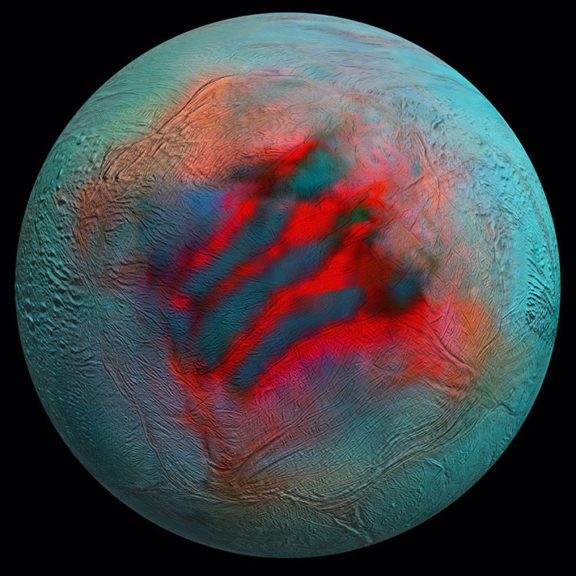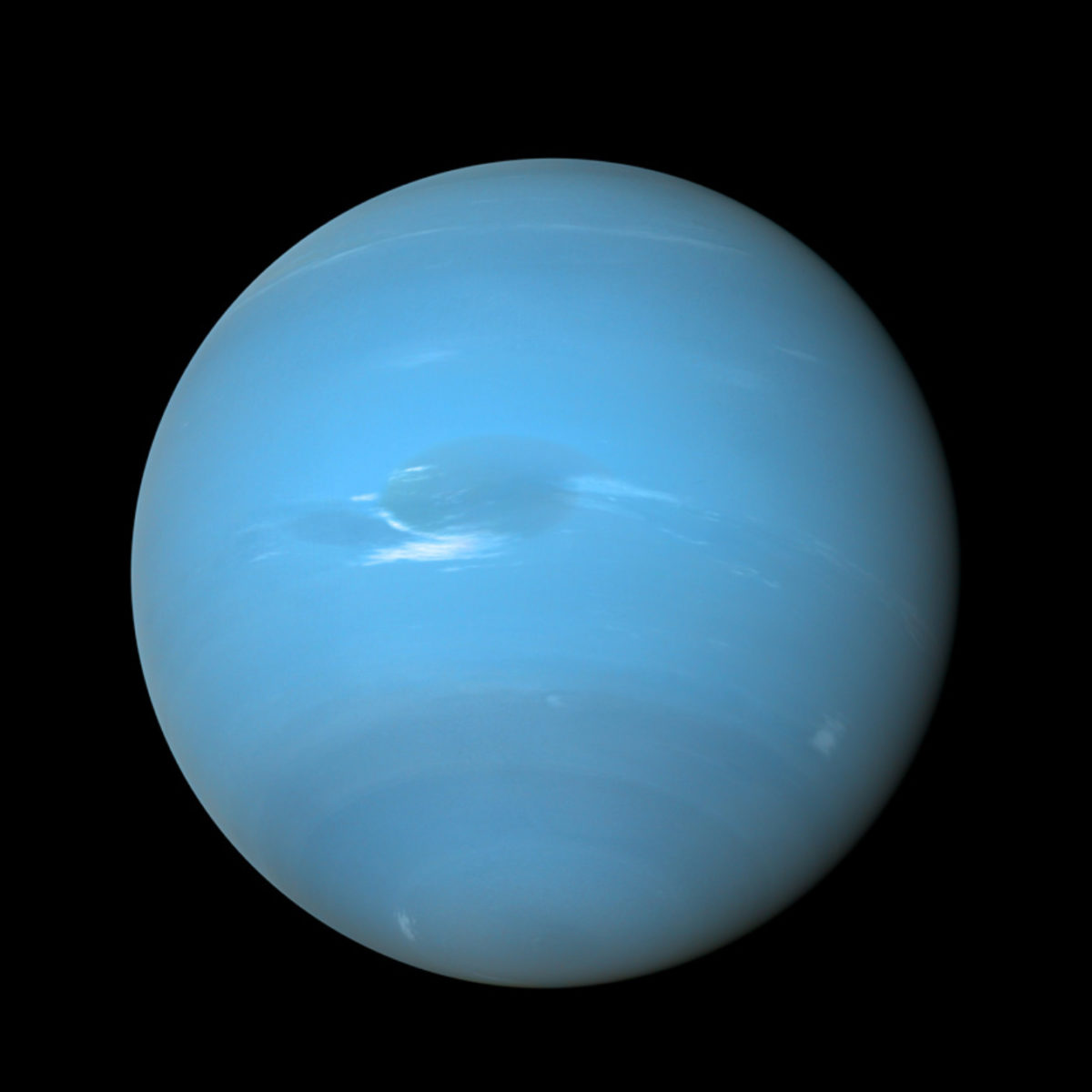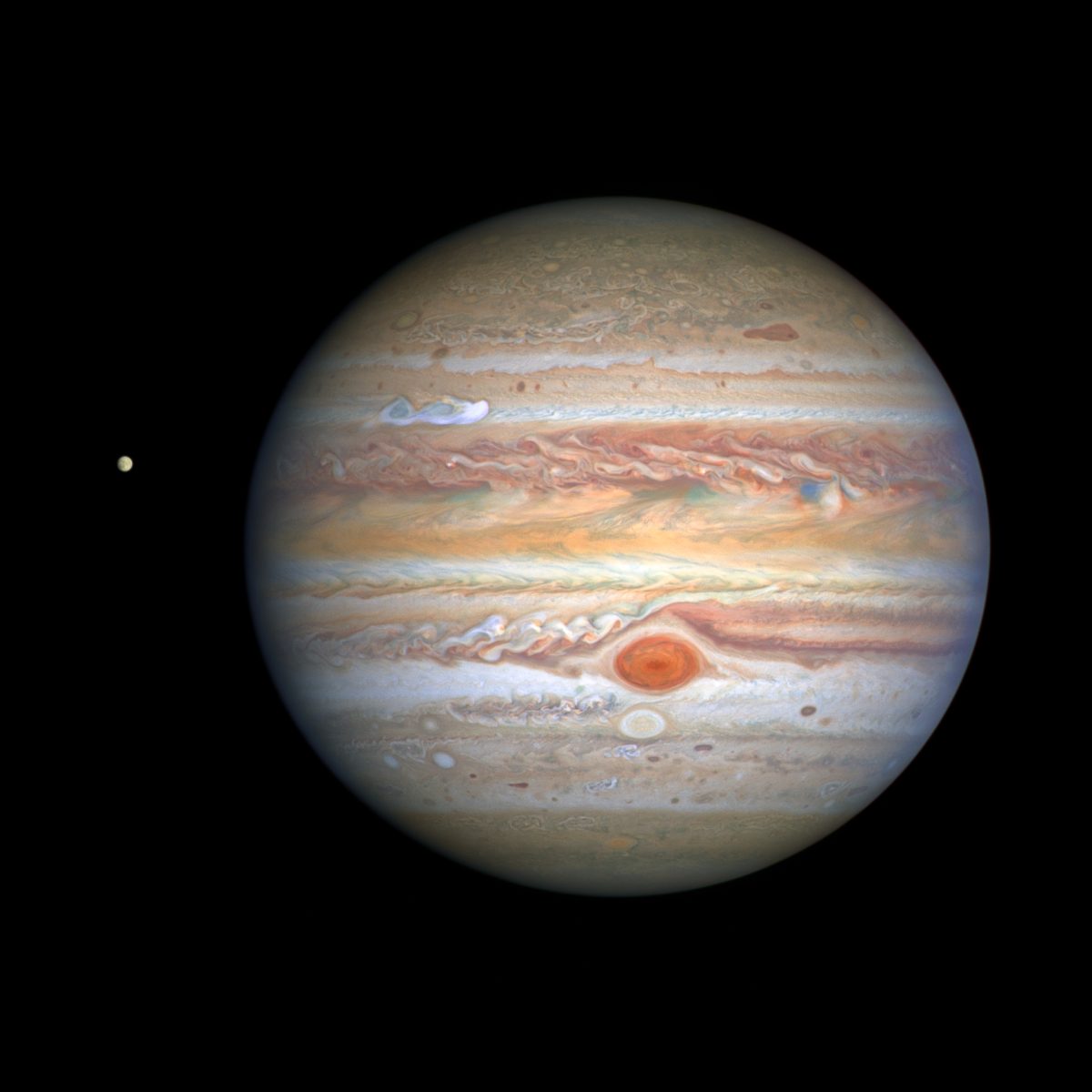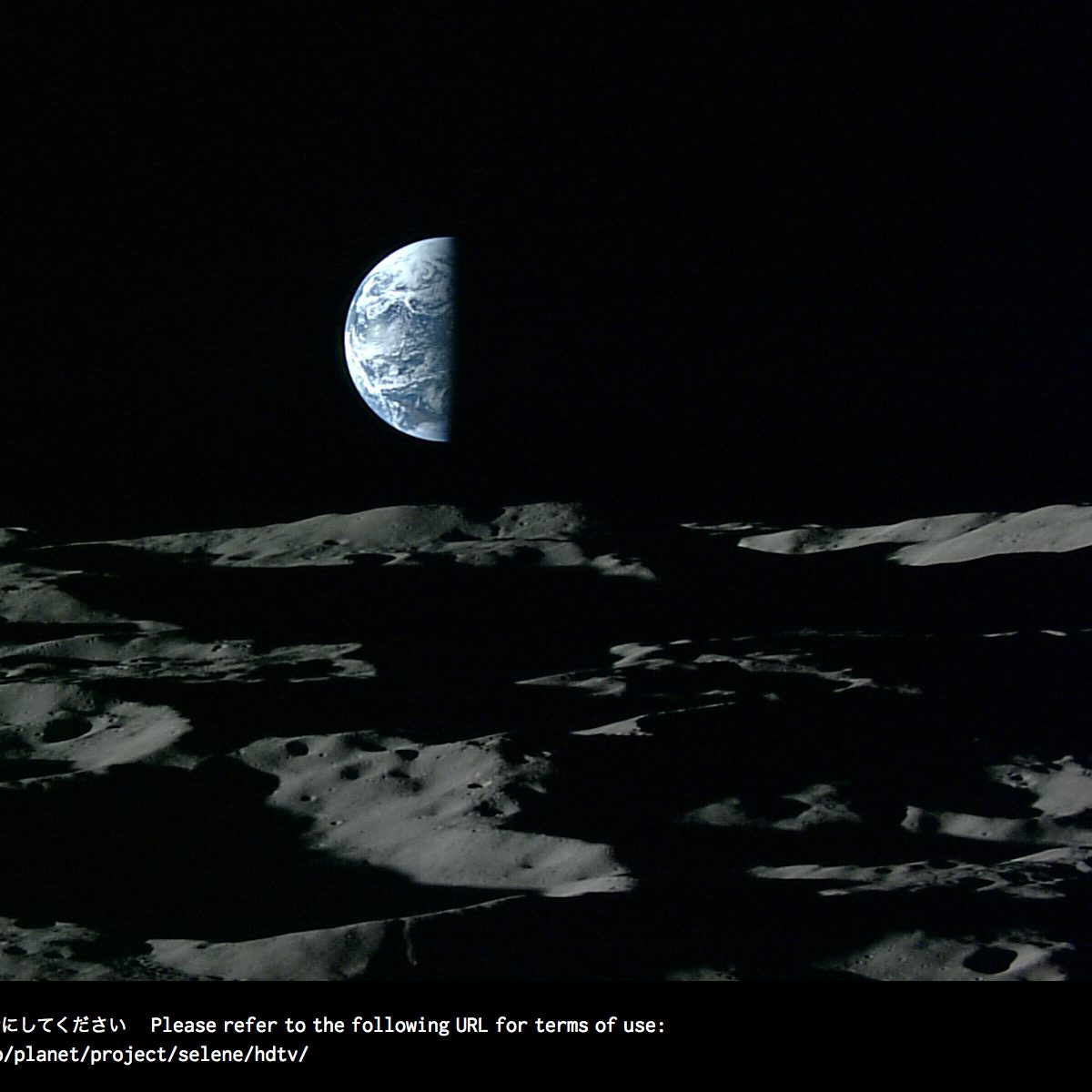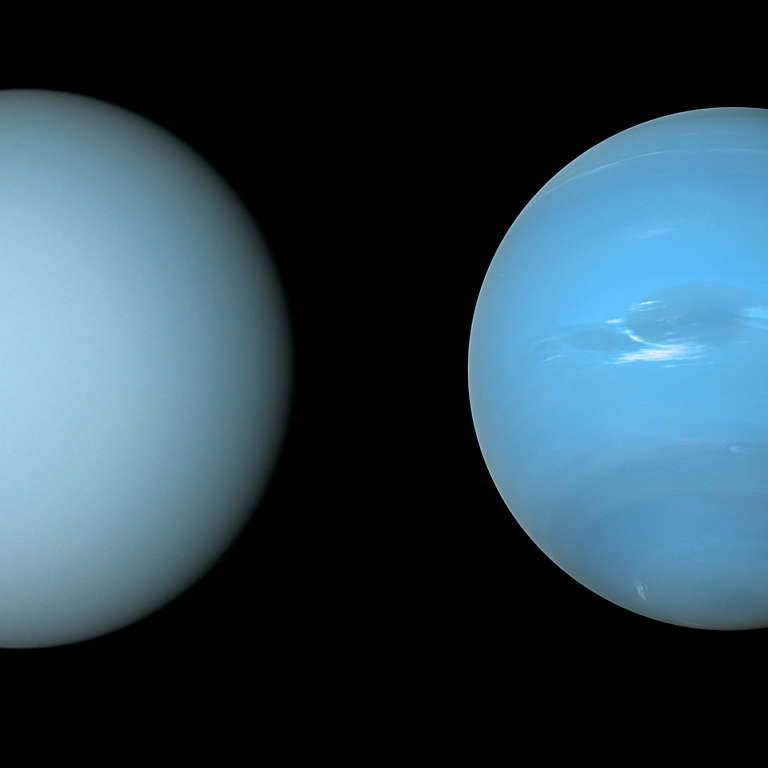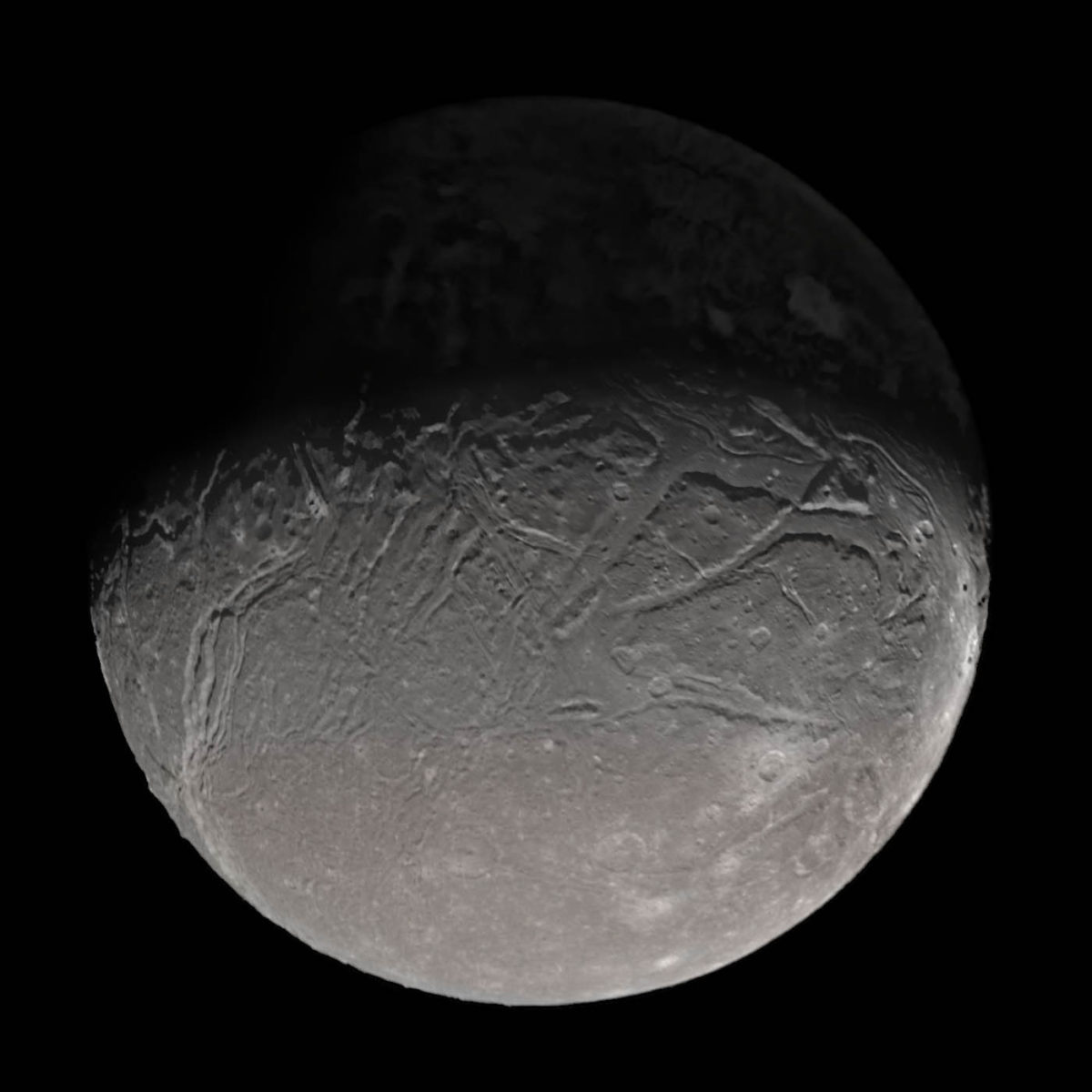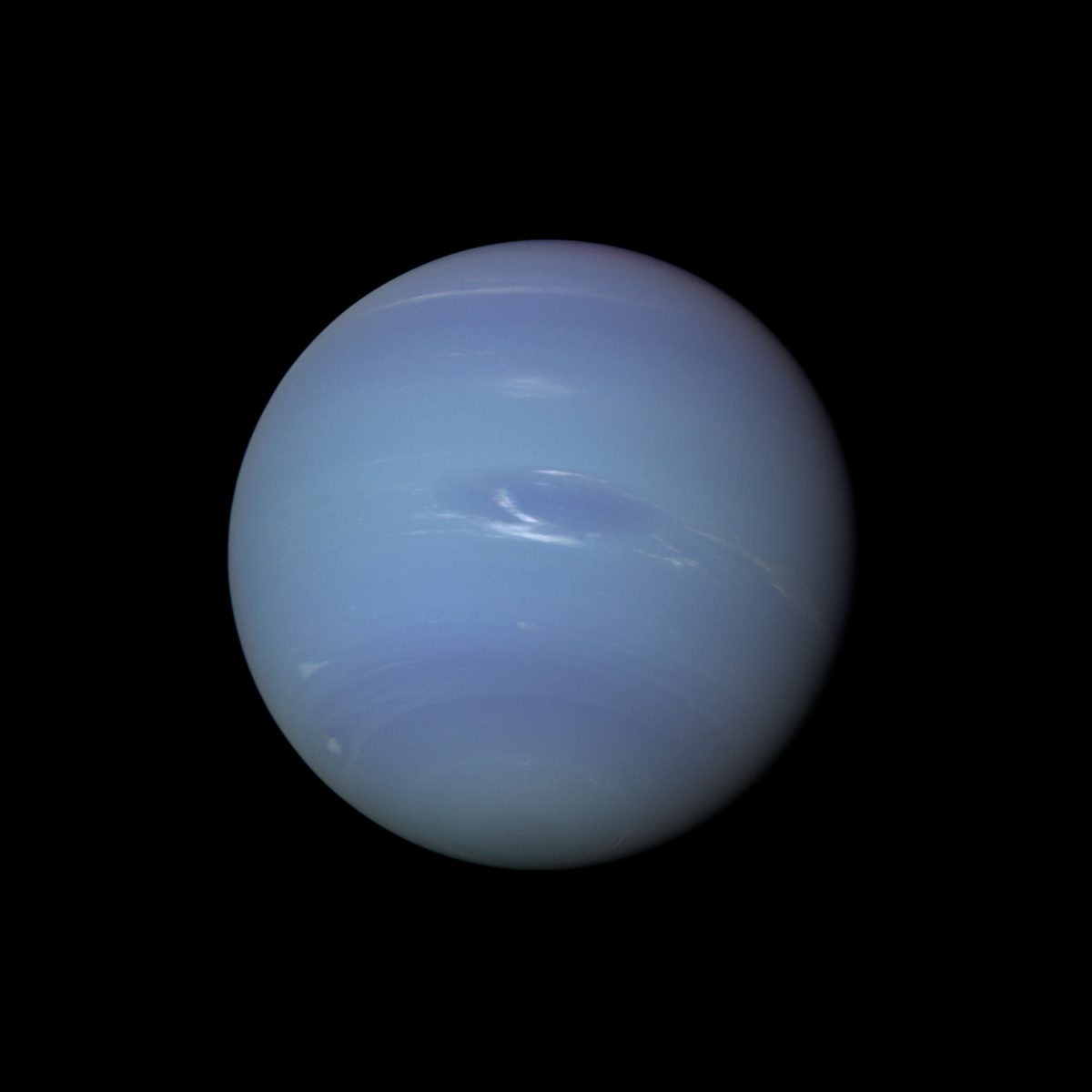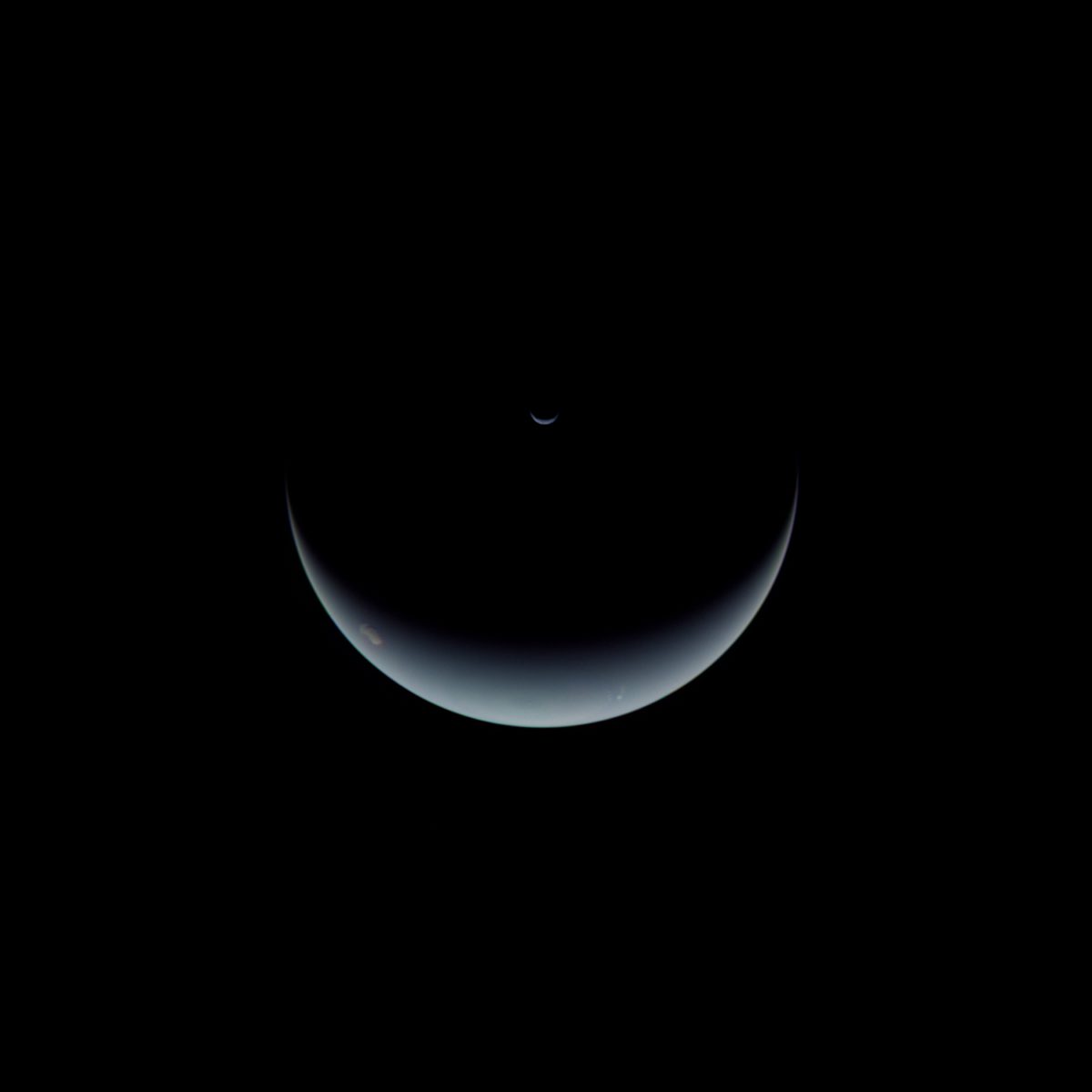All
All
Stories, updates, insights, and original analysis from The Planetary Society.
The value of knowledge
Space exploration comes at a cost, but the investment is always worthwhile.
Dive into these ocean worlds
Intriguing moons that may hide water beneath their surfaces, and what it takes to visit them.
Where are the ocean worlds in our solar system?
Ocean worlds are among the best candidates to search for life.
The best space pictures from the Voyager 1 and 2 missions
NASA’s Voyager missions provided an unprecedented glimpse into the outer solar system.
An ice giant and its dwarf companion
Neptune and Triton come into focus as destinations worth exploring.
Return to Neptune? The plans to send an orbiter to the elusive planet
Is it time NASA sent an orbiter to study the other blue planet in our solar system? Proposals for missions to study the ice giant planet Neptune and its mysterious moon Triton have been on NASA’s to-do list for over a decade, but until now nothing has happened.
Solar System History 101
How did our solar system come to be? Why are the planets, asteroids, comets, and other small worlds where they are now?
So long, 2020, and thanks for all the space
Look back on the year’s accomplishments and enjoy the beauty of the cosmos.
Jupiter dazzles and Neptune beckons
Feast your eyes on these images from space, catch up on the latest in exploration news, and get the lowdown on what’s up in the night sky.
The Next 10 Years
Six scientists share the major planetary science discoveries of the past decade, and the questions that will drive the next 10 years of solar system exploration.
China Considers Voyager-like Mission to Interstellar Space
The mission includes a flyby of Neptune and measurements of the heliosphere, the electrically charged gas bubble surrounding our solar system
Not a Heart of Ice
Mark Marley explains what planetary scientists mean when they say the word
The Realm of the Ice Giants
Imagine 2 icy worlds far from the Sun. Their serene, blue atmospheres. Huge, ominous-looking storms. Tantalizing glimpses of moons with exotic, icy terrains. Delicate sets of encircling rings.
The subtle color difference between Uranus and Neptune
The color of Uranus and Neptune is similar, but not identical. Uranus appears greener and Neptune bluer.
Voyager 40th anniversary: Revisiting the Voyagers' planetary views
Björn Jónsson argues that even now, 40 years after Voyager 1 and 2 were launched, a lot of the data they returned is still of high interest.
Voyager 40th anniversary: The transformation of the solar system
The Voyager missions transformed most of the large worlds of the solar system from points of light into places to be explored.
How we would explore Uranus or Neptune
One fact dominates the planning for any mission to Uranus or Neptune: They lie far from the sun. A newly released NASA report looks at how we can explore these icy giants.
Revisiting the ice giants: NASA study considers Uranus and Neptune missions
Only one spacecraft has ever visited Uranus and Neptune: Voyager 2, in the late 1980s. A new NASA report explores the reasons to go back, and what type of mission might take us there.
Some beautiful new (old) views of Neptune and Triton
Beautiful new amateur work with 27-year-old Voyager data.
Oppositions, conjunctions, seasons, and ring plane crossings of the giant planets
When are the solstices and equinoxes on the giant planets, and when are they best positioned for view from Earth? I ask these questions a lot as I write about Earth photos of giant planets, and I finally decided to gather the answers to those questions in a single post.


 Explore Worlds
Explore Worlds Find Life
Find Life Defend Earth
Defend Earth


 Sun
Sun Mercury
Mercury Venus
Venus Earth
Earth Mars
Mars Jupiter
Jupiter Saturn
Saturn Uranus
Uranus Neptune
Neptune Small Bodies
Small Bodies

